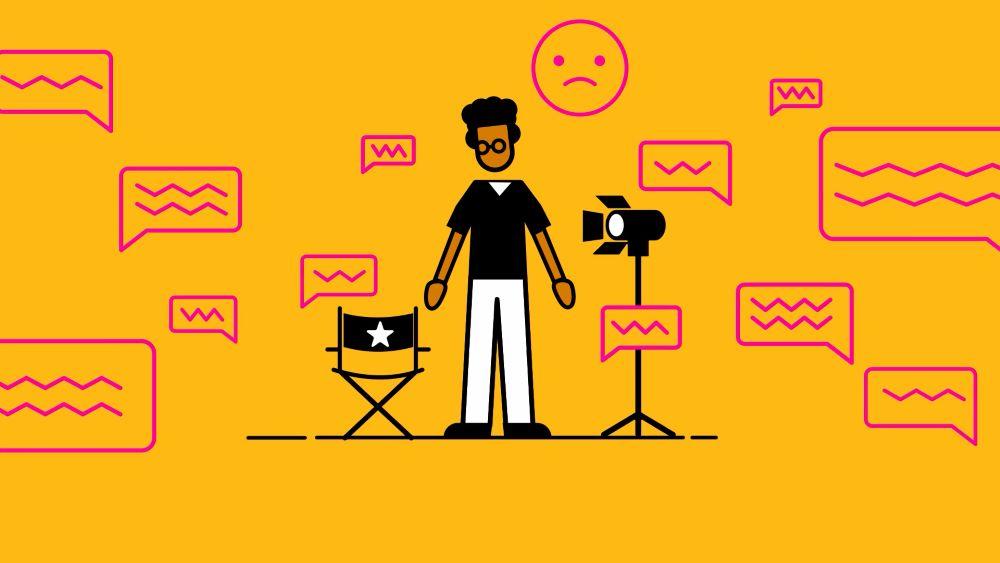As a buyer looking to get a new animated video production or explainer video for your company, when browsing online you can see such a variety of animation costs, from £150 to £30,000
Here are a few reasons why the price of animated video can vary so much and how to make an informed choice when it comes to specifying the work.
The length of video matters
A longer animation means more work in both design and animation, as there are few economies of scale. For example, a two-minute video has twice as many scenes as a one-minute video, and they need to be created and animated.
As the work, is usually bespoke to each project and sentence each scene is thought about seperately. Sometimes, if you have a video series, some savings can be made through the series by creating assets that can be shared, for example characters that are used across a series or drawings of UIs.
Being concise with your words in the script is integral to ensuring you don’t waste money here. We usually estimate a 1 min script is around 130 words, so it’s often less words than you think. You save money and time if you can say your message in 90 seconds rather than 2 minutes or more. Here is an example of a 2.5-minute storyboard video; hopefully, it shows just how much work goes into each scene. We’d also usually recommend to keep the video shorter as well, as it’s more likely to be viewed to the end.`
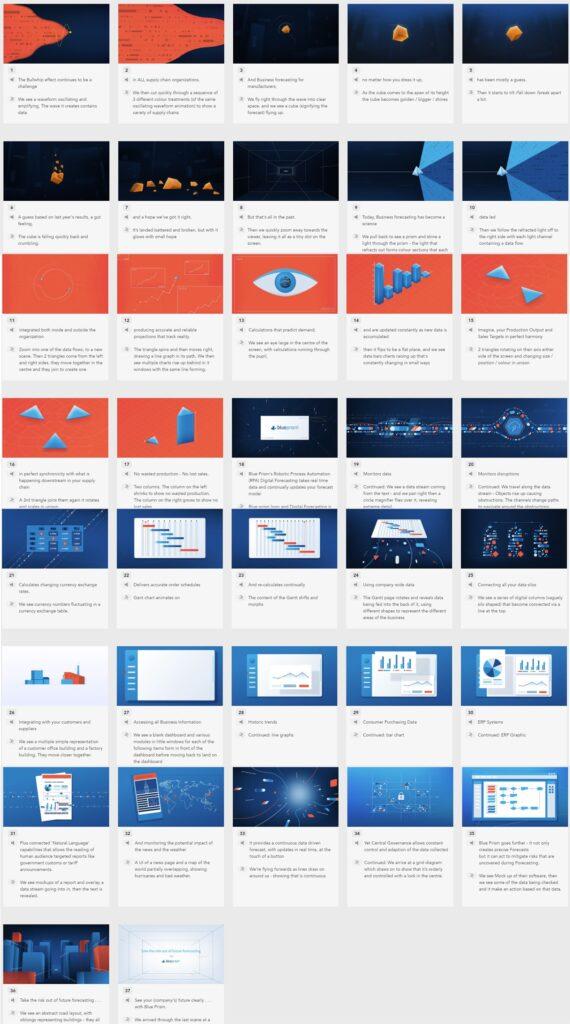
This storyboard is about 2.5 min video. Which is slightly on the long side for an Explainer type web video. You can see just how much work and frames that needs. A shorter video could be half these number of frames.
Inclusion of 3D Animation
3D animation can pop up in 2D animated videos quite often, and to the inexperienced, it can be undetected, but the video is more exciting and dynamic, but they may not realise how. Not seeing the line between 2D and 3D is fine if you’ve not even noticed, it wants to blend in seamlessly and add some extra oomph.
Including 3D elements adds background and another dimension to the movement and view, adding more interest and contrast- instead of the same front-on view you see so often with animation. All of these elements keep us watching longer and more engaged
It will often be composited and have the same design style, but it gives variety to the scene; it’s not just flat-facing.
All this means is additional specialised skills in 3D software, modelling, rigging and lighting, and then compositing to make it look like the rest of the 2D video. If you want to wow your audience, it’s very much worth it.
Using Animated Characters
Including characters can add a much-needed human touch to animation, which, if you’re selling or teaching people, can help dramatically, which is often the case for explainer videos.
Using animated characters is a great way to act out scenarios to show a real user experience and convey emotion.
However, to get them to move in an organic and realistic fashion – to be likeable – takes time to draw, rig and animate.
Low-end videos that have characters will move in a jerky/ stiff way or just not much movement at all. Or worse still, they stop dead for seconds at a time or barely move at all. All the illusion is lost.
This very low-budget option kind of defeats the purpose, as you lose much of the human connection and relatability that a person brings. We’d usually omit characters altogether and find another interesting solution rather than a still person who hardly moves.
Video Illustration style varies a lot
A 2D flat colour video using simple vector shapes takes much less time to design and animate than a hand-drawn and highly textured frame developed in Photoshop or Procreate, which are two extreme examples of storyboard design for video.
Being so visual, sometimes it’s difficult to fully describe drawing and illustration style without a reference, so here are a few styles to show what I mean.
You can see the difference between these few images, they show a clear difference in the work and time that went into them.
The two on the bottom are much more detailed, one including natural textures and use of shading and light, the other using 3D to create a complex layout, compared to the top 2 that are more simple in nature and are line illustrations or solid colours.
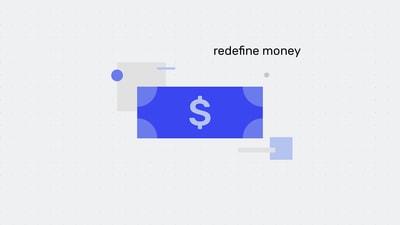
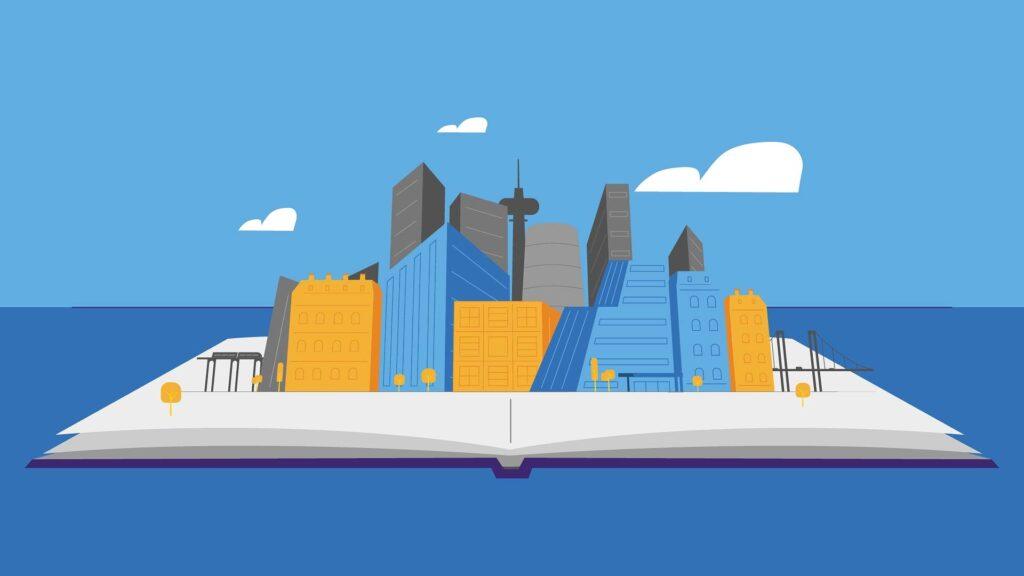
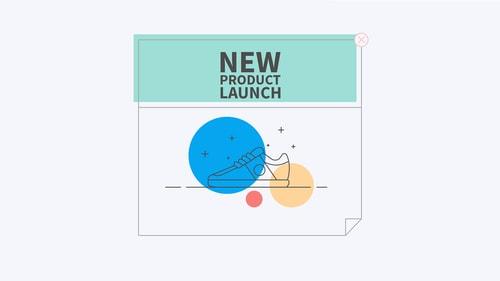

And if a scene took longer to design, then you guessed it, it will more than likely need increased time to animate it.
The quality and style of the drawings will very much depend upon your story, who the audience is and what you want them to feel.
There are different Quality levels of Animation
Again the quality is down to time, in general, the more time your animator spends, the better the quality of the final piece.
A cheaper (quicker to produce) animation will generally be flat and move less, and there will be fewer scenes. And elements within scenes or whole scenes will be reused.
A low-budget animation will also have very basic transitions from scene to scene (one thing exits, and another enters, or even a cut). High-quality animations tend to have more thought-out transitions so that the video flows more seamlessly.
Reusing assets, fewer scenes and fewer elements on the screen at one time all save time, and it may get the job done, but it won’t be as exciting, it’s less relevant, and it’ll be less stimulating, the viewer is more likely to switch off.
So, there is a balance to be struck. Most animation studios will be able to show or demonstrate a few levels of animation quality so that you can see the difference for yourself and make an educated decision. You may need a simpler idea for a quick video with a short lifespan. But if you want to impress, then you may need a higher quality. We often provide videos of a few quality levels, for example a high level animation for the brand video to really impress site visitors, then for internal pages, it can be a mid level video, and for training purposes, it may be more basic in look.
Custom Animation vs Templates
The cheaper sites providing animation generally offer template styles for making your own videos. So you pick from some (often poorly) pre-designed and pre-animated elements that you can pop together into a story.
It’s very cheap, but of course, it’s massively limited… and who knows how many other people are using the same elements in their videos?
It’s also unlikely to closely fit your brand or company tone of voice – do the matches match?
And of course, some lower-end studios will use templates in their work without telling you, you may not even realise it’s not unique to you. You can see a lot of the cost comes down to custom assets, length of video and time taken.
So, in general, a higher-cost animation is simply a higher quality product. Hopefully, this helps the next time you need an animated video for your business, and you can see what you’re paying for clearly and make an informed decision.
To see a range of animated explainer video styles head to our portfolio, or to read more about what we do and what goes into our work, see the animated video production page and if you have an idea you want to chat about, contact us!


